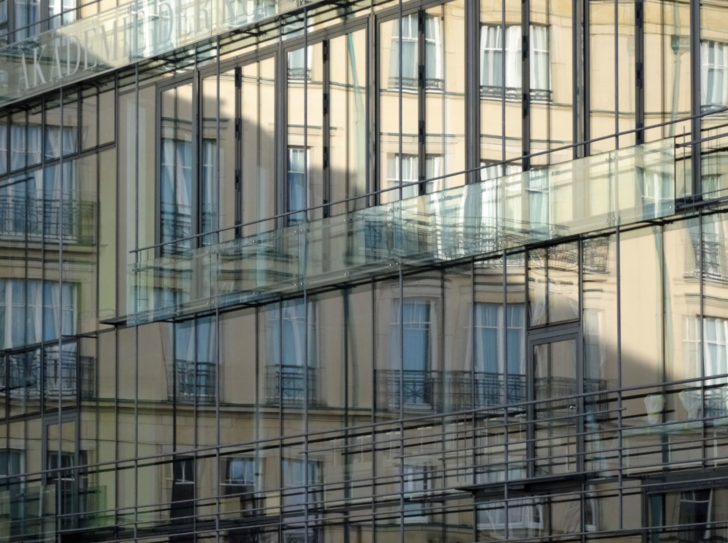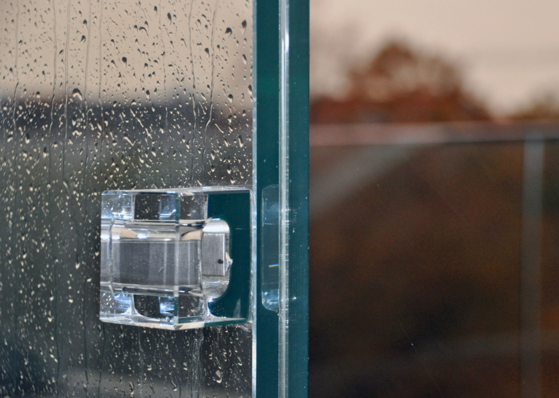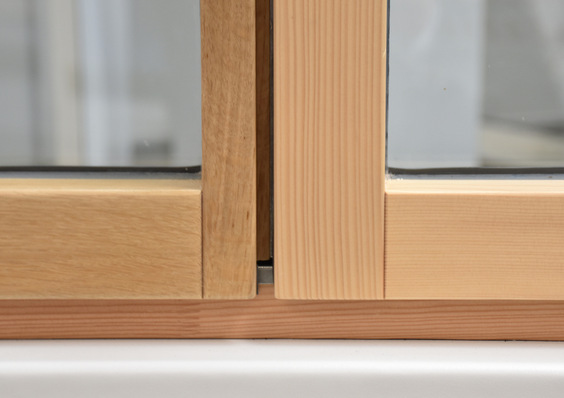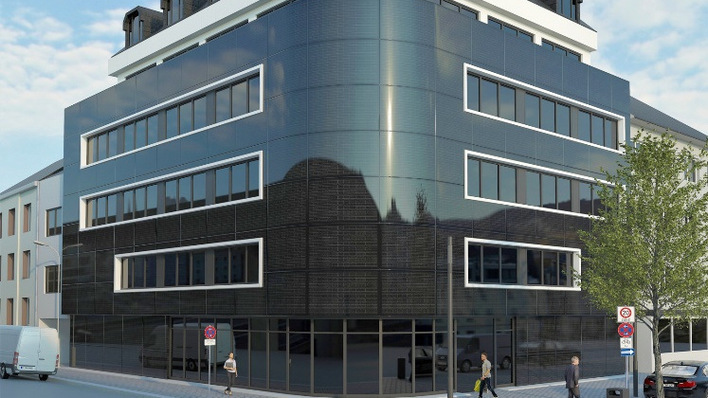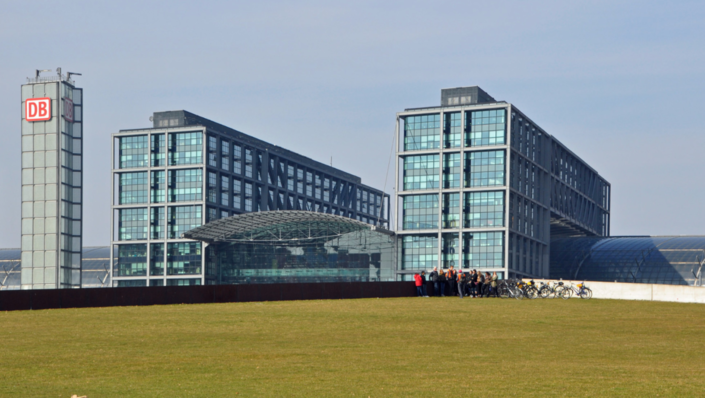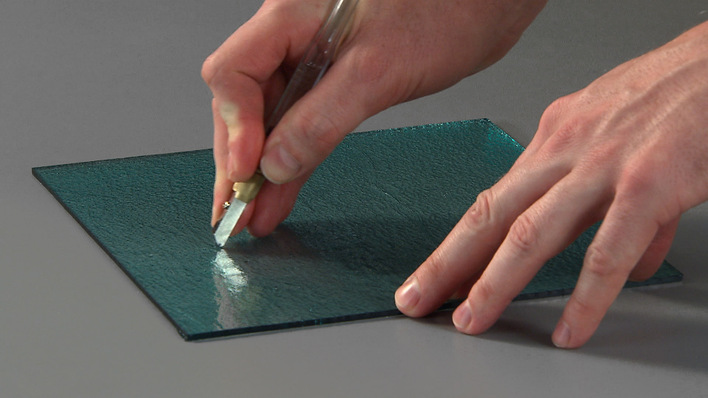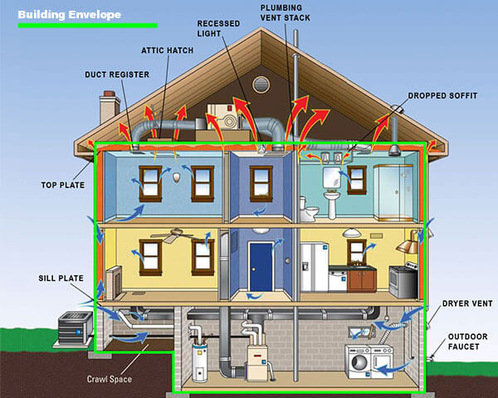A mullion-transom facade is composed of mullions, transoms, glazing, press and cover strips as well as insert elements with different functions, such as parapet modules or opening elements. The architectural appearance of this facade type is essentially characterised by the flushness between mullions and transoms. If the transoms are in the same plane as the mullions, the facade is perceived as flush. If the horizontal profiles are set forward or backward, the facade appearance appears gridded.
How are the loads managed in a mullion-transom facade?
From a structural point of view, the mullion-transom facade, together with the unitised facade, belongs to the curtain walls. Since it only has to bear its own weight, it can be designed as a lightweight construction. Vertical and horizontal profiles - the mullions and transoms - form the supporting structure. The primary load transfer takes place via the vertical main profiles. Optionally, the supporting structure can be attached suspended or upright to the ceiling, on the ceiling, under the ceiling and in front of the wall or parapet of a building envelope. Fixing is done by means of fixed and loose bearings. The supporting elements can be made of aluminium, steel or wood, while the transoms are screwed, plugged or welded between the posts. In addition, so-called add-on profiles can be mounted on the supporting structure, to which the infill elements are attached. In contrast to the element facade, where completely prefabricated modules are assembled on site, a mullion-transom facade can be adapted to local conditions during installation.
What building standard applies to mullion-transom facades?
In addition to the general requirements for a mullion-transom facade, the product standard DIN EN 13830 Curtain Walling also regulates those for serviceability. Here, the functionality of a construction must be guaranteed despite deflection in the vertical or horizontal direction in relation to the length of the frame elements as a result of external and internal effects.
Additional information
Marienturm in Frankfurt: Sustainability at the highest level







